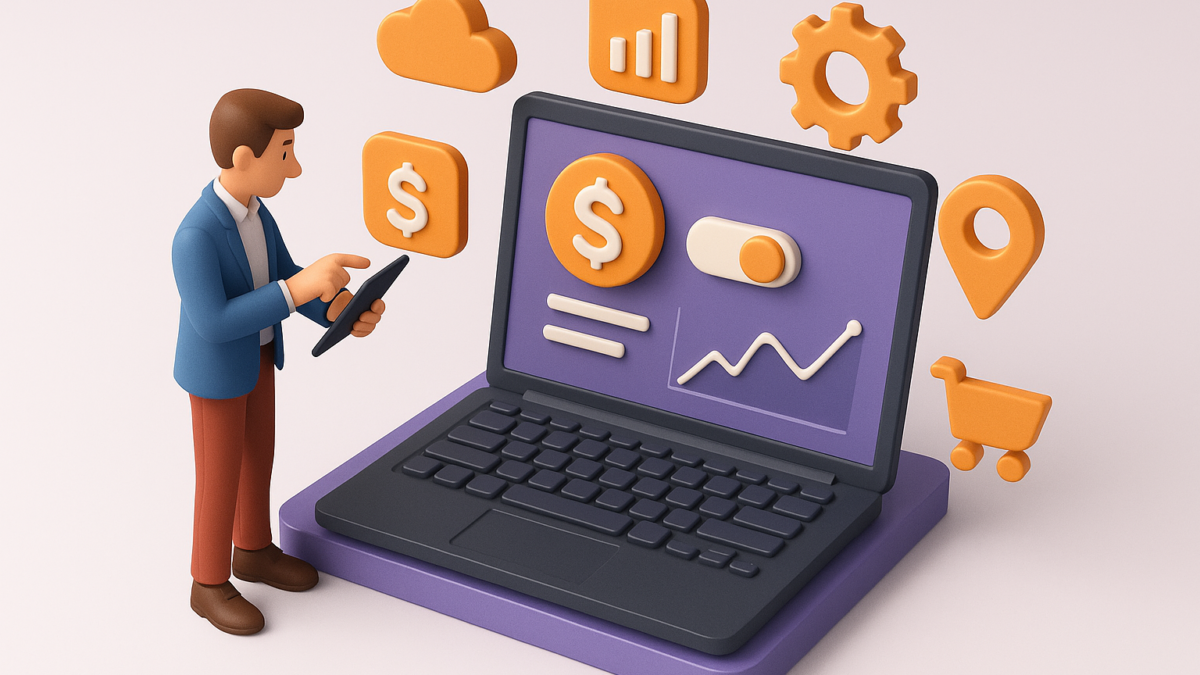Subscription Economy 2.0: How XaaS Is Driving Business Growth
Table of Contents
The world has moved beyond simple product ownership welcome to The Subscription Economy 2.0, where access trumps acquisition and Everything-as-a-Service (XaaS) is redefining how we buy, sell, and consume. From software and entertainment to cars and cloud infrastructure, recurring models are transforming customer relationships and driving consistent revenue growth.
According to Zuora’s Subscription Economy Index, companies adopting subscription models have grown revenues 3–5x faster than S&P 500 businesses over the last decade. The reason is clear: subscriptions prioritize relationships, not transactions.
1. Understanding the Subscription Economy 2.0
The first wave of the subscription economy was about digital convenience think Netflix, Spotify, or Adobe Creative Cloud.
Subscription Economy 2.0, however, takes it further by embedding subscriptions into B2B services, hardware, and even physical products.
Key Characteristics of Subscription Economy 2.0
- Customer-centric models: Continuous value delivery over one-time sales.
- Personalization: AI-driven recommendations and dynamic pricing.
- Scalability: Businesses can adapt to demand and usage trends instantly.
- Data-driven insights: Every subscription interaction fuels smarter business decisions.
In this evolution, businesses no longer “sell products”; they offer ongoing solutions.
2. Why Everything-as-a-Service (XaaS) Is Here to Stay
The term XaaS (Everything-as-a-Service) captures the vast ecosystem of service-based models. From SaaS (Software) and PaaS (Platform) to DaaS (Device) and even AIaaS (AI-as-a-Service), the concept is reshaping industries.
Benefits Driving the Shift
- Predictable Revenue Streams
Businesses enjoy stable, recurring income rather than volatile one-off sales. - Improved Customer Lifetime Value (CLV)
Continuous engagement increases retention, upselling opportunities, and brand loyalty. - Flexibility for Consumers
Customers can subscribe, scale, or cancel based on evolving needs. - Operational Efficiency
Cloud-based automation allows companies to deliver faster and innovate continuously.
Real-World Examples
- Microsoft 365 transformed from software licenses to recurring cloud-based access.
- Volvo’s Care by Volvo lets customers “subscribe” to cars with insurance and maintenance bundled.
- Amazon Web Services (AWS) dominates the infrastructure market through on-demand, scalable cloud services.
3. The Business Advantages of Embracing XaaS
Transitioning to XaaS offers companies a strategic edge in both efficiency and market growth.
a. Enhanced Agility
Subscription-based businesses can pivot quickly to meet changing market demands or technological disruptions.
b. Data-Driven Decisions
Customer usage data fuels product innovation, personalization, and marketing automation.
c. Reduced Customer Acquisition Costs (CAC)
Retention-focused models lower acquisition costs by deepening loyalty and expanding through referrals.
d. Sustainable Growth
Long-term contracts and recurring revenue models enable predictable cash flows and investor confidence.
Pro Tip: Companies leveraging AI and automation in subscription analytics see up to 30% better churn reduction, according to Deloitte research.
4. Challenges in the Subscription Economy (and How to Overcome Them)
While the growth potential is undeniable, businesses face challenges in managing scale, churn, and customer expectations.
1. Subscription Fatigue
Customers are overwhelmed by the growing number of subscriptions.
Solution: Focus on delivering tangible, ongoing value rather than novelty. Offer tiered plans and flexible upgrades.
2. Churn Management
Losing subscribers is costly.
Solution: Use predictive analytics and feedback loops to identify disengaged users early.
3. Complex Billing Systems
Recurring billing can get complicated with usage-based pricing.
Solution: Implement advanced subscription management platforms that automate billing, renewals, and revenue recognition.
4. Data Privacy & Compliance
Handling recurring payments means managing sensitive data.
Solution: Prioritize GDPR and ISO-compliant systems with transparent privacy policies.
5. How Businesses Can Transition to Subscription Models
Shifting from a one-time purchase to a subscription model requires strategic planning and cultural alignment.
Step-by-Step Guide: Building Your Subscription Business
- Identify Value Streams
Analyze where recurring value can be delivered — software, hardware, or services. - Redefine the Customer Experience
Move from transactional interactions to relationship-driven engagement. - Select the Right Pricing Strategy
- Flat-rate: Simple, predictable pricing.
- Usage-based: Pay-as-you-go models that scale with customer needs.
- Hybrid: Combines fixed and variable components for flexibility.
- Invest in Technology Infrastructure
Adopt cloud-native, API-driven platforms that can handle scale and analytics. - Build Retention Frameworks
Focus on continuous customer success through onboarding, support, and regular check-ins.
6. The Future of the Subscription Economy
The future of XaaS lies in hyper-personalization and AI integration. Predictive analytics will enable companies to anticipate customer needs, while micro-subscriptions will democratize access across industries.
Emerging technologies like blockchain may even streamline subscription verification and billing transparency, ensuring trust and accountability across global markets.
By 2030, Gartner predicts that over 80% of software vendors will switch to full subscription models. The message is clear this is not a trend; it’s the new normal.
Conclusion: Adapting to Subscription Economy 2.0
The Subscription Economy 2.0 represents more than a pricing shift it’s a mindset change. Businesses that prioritize ongoing value delivery, personalized engagement, and data-driven operations will thrive in this new era.
From cloud services to physical goods, Everything-as-a-Service is not just the future it’s the present.
You May Also Like:Whitepapers in the Dark Funnel: How to Capture Invisible Buyers





